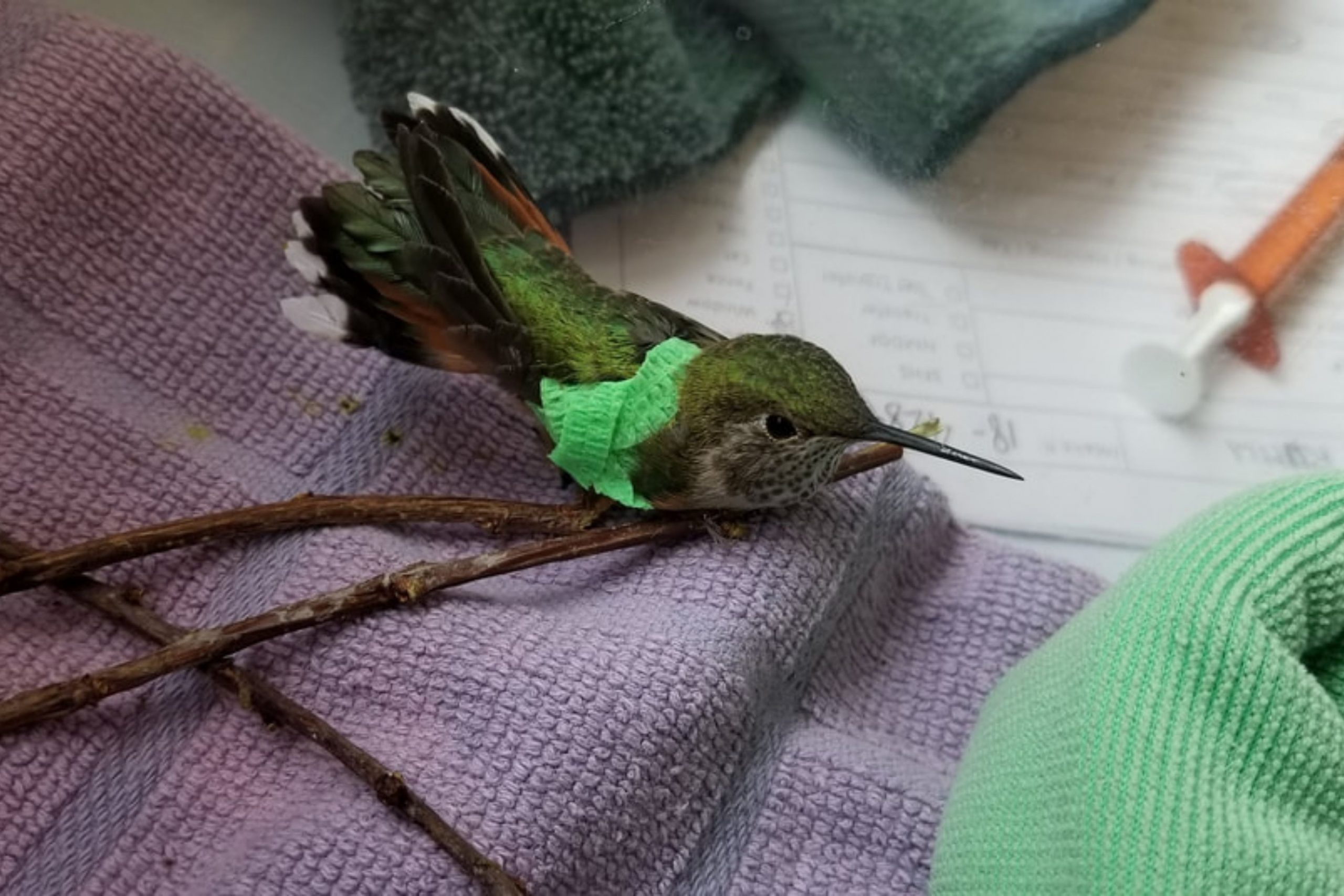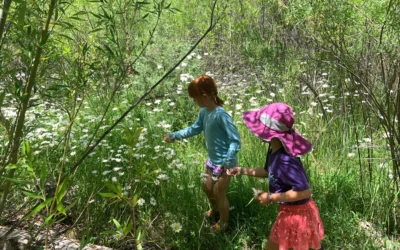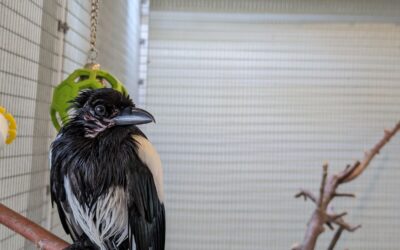On Behalf of Birds, Bees, Bats, Beetles and Butterflies
Pollinators, plants and people, all in it together.
When most people think of pollinators, the first thing that comes to mind are bees. But did you know there are many other animals that also act as pollinators? Pollinators, and the relationship they have with both native plants and agriculture, are incredibly important to the lives of humans and nature as a whole. Between 100,000 and 200,000 species of animals act as pollinators of the world’s 250,000 species of flowering plants. A huge portion of the foods we eat depend on pollinators to complete their life cycle, and you would be amazed by how many foods we would not have access to without the work of pollinators.
Organizations like the Xerces Society, Audubon Society and New Mexico Wildlife Center are working to protect and promote local pollinators and we want YOU to get involved! New Mexico Wildlife Center is creating a new education program called “Pollinator Gardens.” This program is still in development but is set to become available to elementary schools across the Santa Fe area in 2022. Talk to your child’s teacher about bringing in this new program, which will allow students across the Santa Fe area to “get their hands dirty” by creating native plant gardens at their schools, while also learning about the impacts of disappearing pollinators and what it means for our future.
But first, a quick lesson on what pollination actually is.
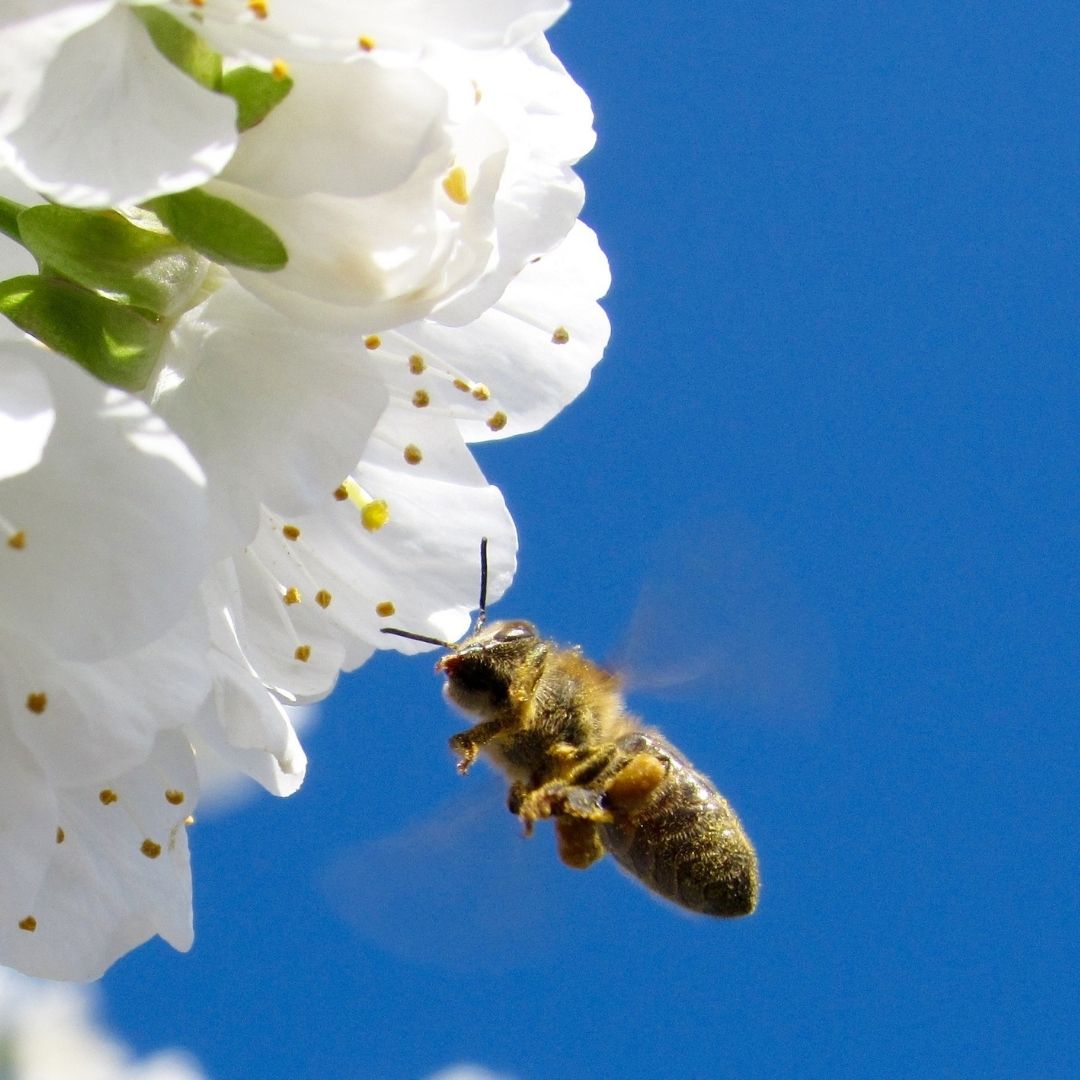
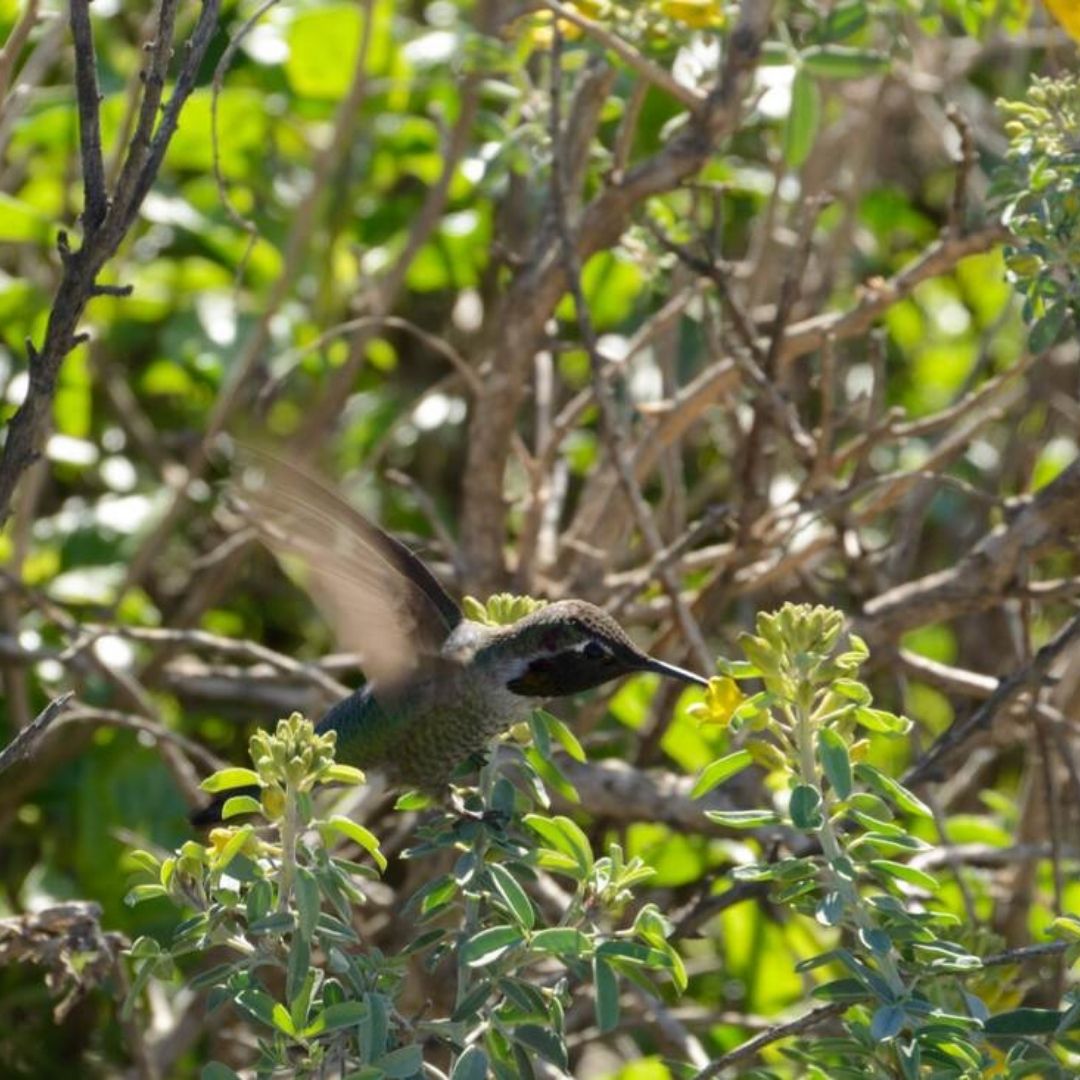
What is pollination?
Pollination is the process by which pollen from a male plant is transferred to a female plant. Pollen contains the genetic material necessary to create more plants. It is the fluffy stuff coming off the juniper trees that make a lot of New Mexico residents a little itchier and sneezier in the spring. A large percentage of plants have co-evolved alongside animals that act as the carriers of pollen. Pollinators will visit plants, often lapping on nectar produced by flowering plants, and the pollen will stick to them. As that pollinator moves between plants, it transfers the pollen, and the cycle of pollination is complete.
Pollinators, though often small and forgotten, are incredibly important to the lives of both humans and nature across the world. While bees are most commonly thought of as pollinators, butterflies, beetles, flies, bats and birds are also incredibly important pollinators. In some parts of the world rodents, lemurs and even monkeys will also act as pollinators!
The power of pollination
Many plants rely on pollinators for survival and to create the next generation. Just to give you an idea, if pollinators disappeared, the following list of foods would also disappear: potatoes, onions, celery, broccoli, cauliflower, brussels sprouts, papaya, watermelon, citrus, coffee, melons, squashes, apples, avocados, almonds, peaches, berries and tomatoes. That isn’t even the whole list! There are over 100 commercially farmed crops that depend to a varying degree on pollinators.
Unfortunately, we are in a pollinator decline across the world, which has begun to threaten food security. As pollinators disappear, so do the plants that depend on them.
As those plants disappear, the herbivores that eat them move on, leaving less food availability for local carnivores. It’s a little frightening how such a small change can see such a cascade of effects. Honeybees (Apis mellifera) are the most studied pollinator species and are a prime example of the pollinator decline. Between 1947 and 2005, 59% of honeybee colonies were lost. This sharp drop in population size has been attributed to habitat fragmentation, introduction of diseases, and pesticides.
Protect the pollinators
There are plenty of easy ways each of us can help support the life of the pollinators in our area. Encourage pollinators in your garden by planting pollinator-friendly, native plants. Check out the Xerces Society and Randall Davey Audubon Center for more information on how to plant your own pollinator-friendly gardens. Having bird baths is a wonderful way of supporting local birds, but you can also add a couple insect baths to support local insect pollinators. Insect baths should be about an inch or so deep with marbles or rocks lining the bottom to prevent drowning. Outdoor domestic cats have also had a huge negative impact on the world’s pollinator populations. Keeping our feline friends indoors is a wonderful way to prevent population declines in pollinators like hummingbirds. You can also try to purchase produce and support farms that do not use pesticides.
Want to learn more? Talk to your child’s teacher about bringing in the Pollinator Gardens program, which will become available to Santa Fe area elementary schools in 2022. In the meantime, come visit the New Mexico Wildlife Center to see our native pollinator gardens and learn about the wildlife that depends on pollinators in New Mexico! The NMWC is open from 9 a.m. to 3 p.m. Monday through Saturday for outdoor visitors.

